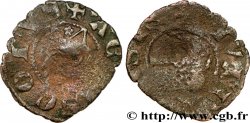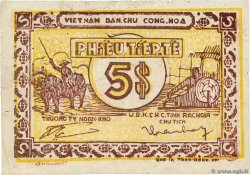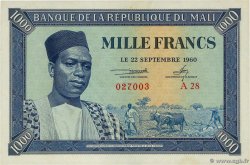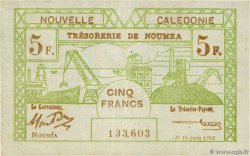Live auction - bfe_360268 - LANGUEDOC - BISHOPRIC OF VIVIERS - AIMAR DE LA VOULTE Obole
You must signin and be an approved bidder to bid, LOGIN TO BID. Accounts are subject to approval and the approval process takes place within 48 hours. Do not wait until the day a sale closes to register. Clicking on "BID" constitutes acceptance of the terms of use of cgb.fr private live auctions.
Bids must be placed in whole Euro amounts only. The sale will start closing at the time stated on the item description; any bids received at the site after the closing time will not be executed. Transmission times may vary and bids could be rejected if you wait until the last second. For further information check the Live auction FAQ
All winning bids are subject to a 18% buyer’s fee.
All winning bids are subject to a 18% buyer’s fee.
| Estimate : | 550 € |
| Price : | 390 € |
| Maximum bid : | 460 € |
| End of the sale : | 29 September 2015 16:33:22 |
| bidders : | 2 bidders |
Type : Obole
Date: n.d.
Mint name / Town : Viviers
Metal : billon
Diameter : 14,5 mm
Orientation dies : 2 h.
Weight : 0,48 g.
Rarity : R3
Coments on the condition:
Cette obole est frappée sur un flan irrégulier et assez large. Quelques motifs apparaissent sur la face opposée
Catalogue references :
Predigree :
Exemplaire provenant de la collection Yves Caille
Obverse
Obverse legend : °V-R-B-S.
Obverse description : Croix coupant la légende.
Obverse translation : (Ville).
Reverse
Reverse legend : VI-V-A-R.
Reverse description : Croix coupant la légende.
Reverse translation : (de Viviers).







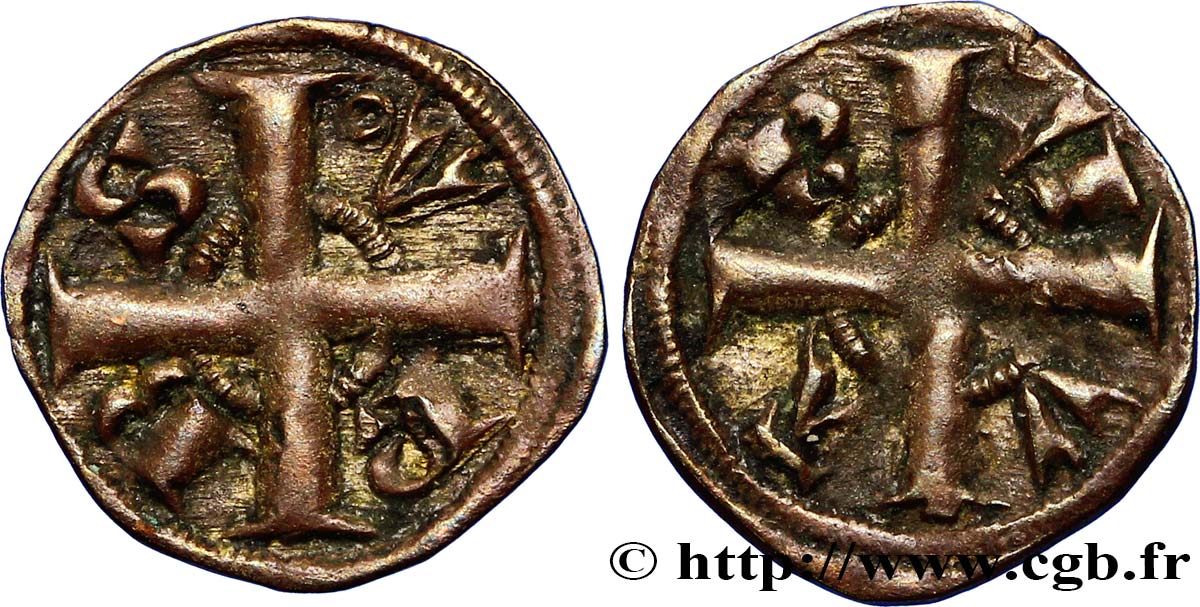
 Report a mistake
Report a mistake Print the page
Print the page Share my selection
Share my selection Ask a question
Ask a question Consign / sell
Consign / sell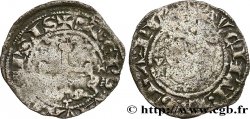
 Full data
Full data